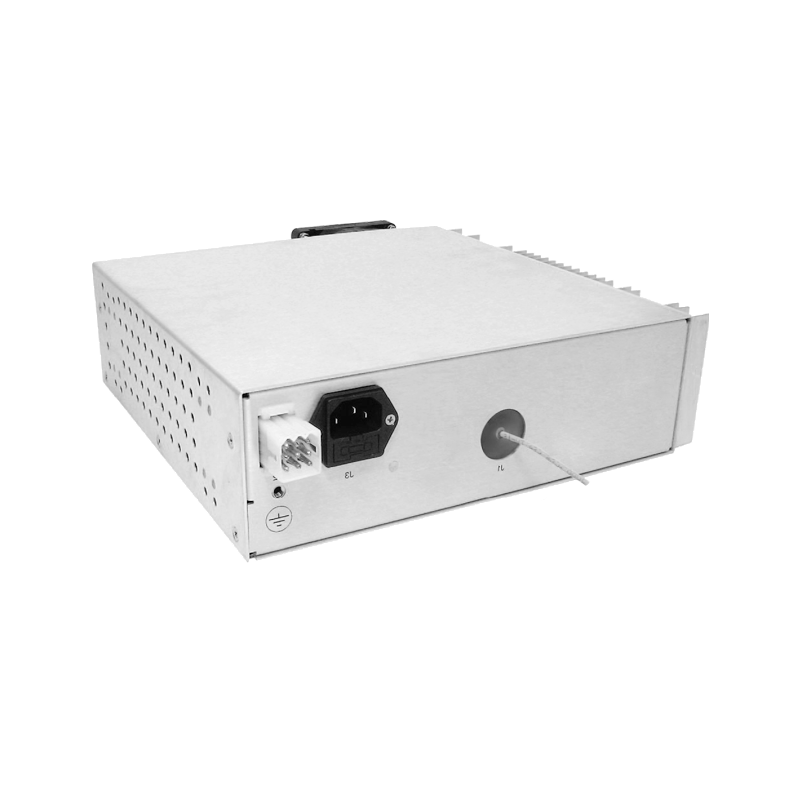High-Frequency Pulse Characteristics of Excimer Laser Power Supplies
Excimer lasers are indispensable in applications requiring high-energy ultraviolet radiation, such as semiconductor lithography, microfabrication, and surface processing. The power supply serves as the heart of the laser system, providing repetitive high-voltage pulses to excite the gas discharge medium. The stability, repetition rate, and pulse shape of the power supply directly influence the laser’s energy consistency, beam uniformity, and overall operational lifetime.
A typical excimer laser power system consists of a high-voltage charging unit, a pulse forming network (PFN), and a fast switching device. The PFN stores energy in a capacitor bank and discharges it through the laser chamber via a triggered switch. For modern high-repetition-rate lasers, the pulse frequency may exceed tens of kilohertz, imposing stringent requirements on energy transfer efficiency and pulse-to-pulse uniformity.
Pulse uniformity is a key indicator of system quality. To ensure stable laser output, each discharge pulse must deliver nearly identical voltage and current waveforms. Modern designs employ two-stage energy stabilization, where a coarse charging stage is followed by a fine-tuning circuit that compensates for residual voltage errors before each discharge. The fine-tuning circuit uses high-speed digital feedback to maintain charging voltage deviations within 0.05%, ensuring that every pulse has consistent amplitude and duration.
At high frequencies, charging efficiency becomes critical. Traditional linear charging circuits suffer from high switching losses and limited response speed. To address this, resonant charging techniques are widely adopted. A resonant inductor-capacitor network allows energy transfer with soft-switching characteristics, minimizing switching loss and electromagnetic interference. This approach not only increases efficiency by up to 15% but also reduces component heating, extending service life.
The switching element—traditionally a thyratron or spark gap—has been progressively replaced by solid-state switches based on SiC or GaN technology. These devices offer nanosecond-scale switching speed, high breakdown voltage, and longer operational lifespan. Solid-state pulse generators can sustain repetition frequencies above 50 kHz while maintaining pulse rise times below 50 ns. Furthermore, their trigger timing jitter is under 10 ns, ensuring precise synchronization with laser cavity dynamics.
Maintaining waveform integrity requires meticulous attention to circuit parasitics. The power distribution layout must minimize inductive loops and stray capacitance to avoid oscillation or ringing at high frequencies. Low-inductance busbars, coaxial transmission paths, and symmetric grounding architectures are standard practices. In addition, electromagnetic shielding and fiber-optic control isolation are employed to protect low-voltage control electronics from high-voltage transients.
Temperature and pressure variations within the laser chamber affect discharge characteristics and hence feedback behavior. Adaptive control algorithms monitor the laser’s output energy and automatically fine-tune charging voltage and pulse repetition rate to maintain optical stability over time.
In essence, the high-frequency pulse behavior of excimer laser power supplies results from the interplay of high-voltage precision, rapid switching, and thermal management. Advances in resonant topologies and wide-bandgap semiconductor technology have enabled unprecedented repetition rates and energy uniformity, meeting the stringent demands of modern photolithography and micromachining systems.




















